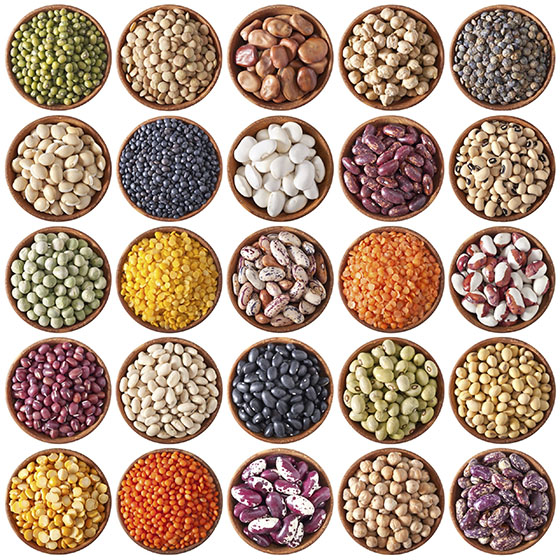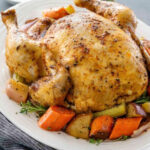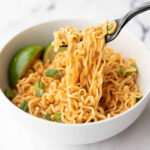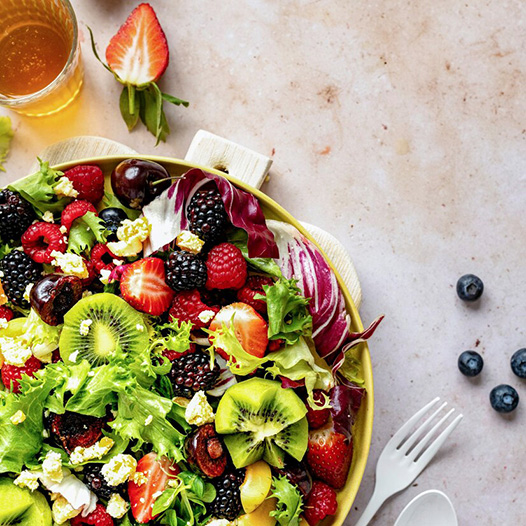by Buck Reed
Cobblers, Crisps, and Buckles
It may not feel like it, but fall is upon us. And what’s not to like? We get a little respite from all the hot weather, we witness beautiful foliage change, and we get to enjoy a string of food-centric holidays. Add onto that, it’s pie season. Yes, we have to bring out the rolling pin and start our work that calls for a myriad of pies needed to pair the dessert with the holiday they line up with. Yet, maybe you can cut back a little of that work by substituting one of those pies with a crisp or a cobbler. Would anyone even notice if an apple pie was replaced by a crisp? It might bring a little variety to your feast. It will also save you a bit of labor.
Let’s start by labeling these cobblers, just to make it simple. There are many kinds of cobblers, but a basic definition of one would be “a prepared fruit that is baked under or over a batter, streusel, or dough.” Below are the basic types:
- Betty: Fruit is topped with buttered breadcrumbs and spices and baked.
- Buckle: Fruit is topped with a simple yellow cake batter and baked.
- Cobbler: Fruit is covered with biscuit or pastry dough—either rolled out, stamped out, or dropped. Dessert is baked until golden brown.
- Crisp: Fruit is topped with a mixture of butter, sugar, flour, and, sometimes, nuts, then baked.
- Crumble: Fruit is topped with butter, sugar, flour, and oatmeal, then baked.
- Fruit Roll: Biscuit dough is rolled and fit into a loaf pan. Fruit is added, and dough encases the fruit. Dessert is baked, then sliced.
Serving them simple is not a bad way to go, but it is just as easy to make something a bit more elegant. The only set rule is to try to serve them warm or even hot. This may call for assembling and planning on warming it up if prepared ahead or cooking it in a timely manner to be enjoyed right after your meal. You can make this work.
Right now is the perfect time to start that planning. Deals and sales are being offered by your local supermarkets, and with a little work right now, you can get started on Thanksgiving dessert and be ahead of the game. This will call for you to purchase your various fruits and begin peeling, slicing, cooking, or macerating them into a usable product that will help you make a spectacular dessert. Just place it all in freezer bags and freeze, feeling good that you have something already done for your holiday. Don’t relax too much. You still have 999,999 other things to make it to January.
Like I said, basic and simple is good, but I have done some pretty amazing things with this dessert. Try adding cheese, such as mascarpone, cheddar, or Parmesan, to your fruits. This can add an unexpected richness to your dessert. I also like a sour cream apple crisp, which is a winner in anyone’s book. Also, using a layer of cheesecake batter on your cobbler will make it stand out. Look at the various top-shelf jellies, which will add pizzazz to your dish. Raspberry or strawberry jam goes well in a berry cobbler. Why not add some fig jam as well?
This is one of those desserts that can be a game changer for your holiday feast, but you need to do a bit of planning and execution to pull it off. Make a splash this holiday season, and create your own cobbler, crisp, or buckle.












